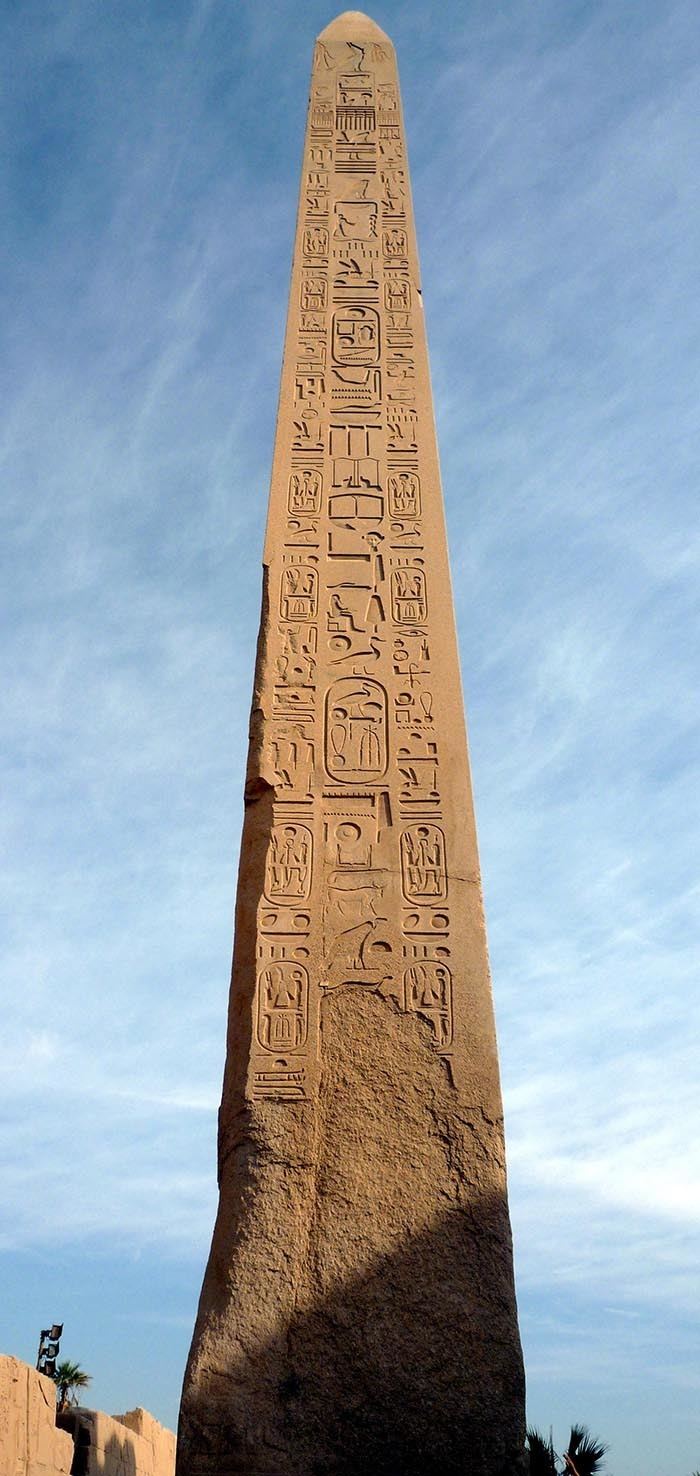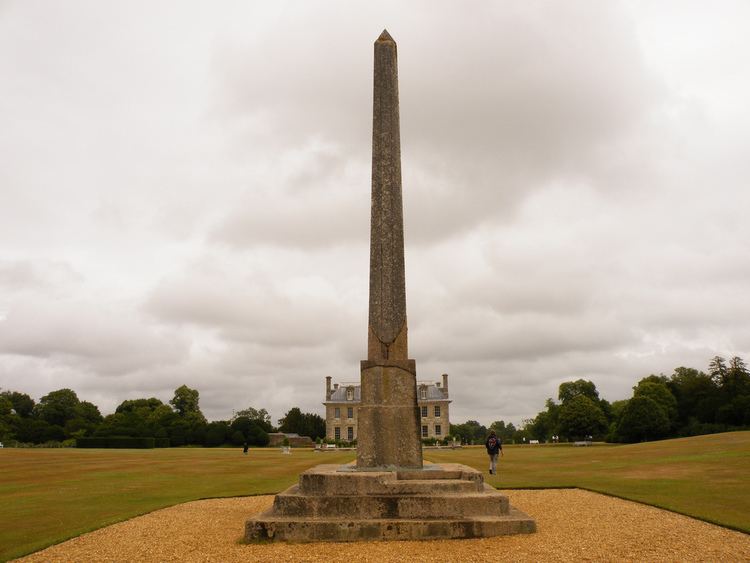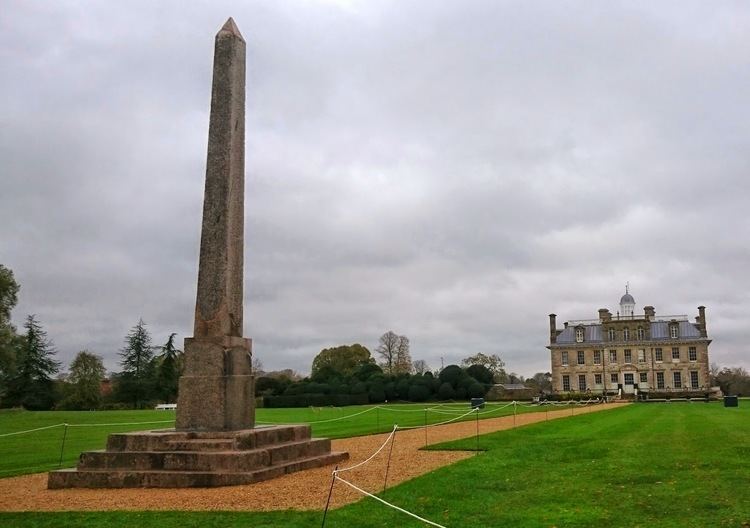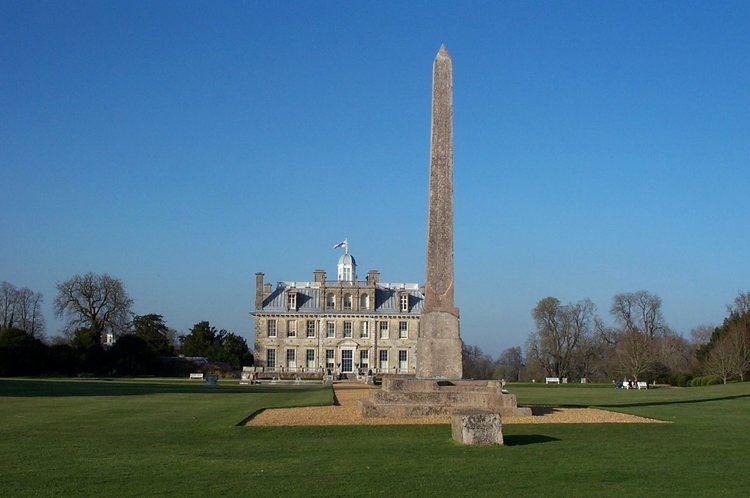 | ||
Similar | ||
The Philae obelisk is one of two obelisks discovered in 1815 at Philae in Upper Egypt. It was soon afterwards obtained by William John Bankes, an acquisition which included an important bilingual inscription.

He noted two inscriptions on it, one in Egyptian hieroglyphs, and the other in ancient Greek. By comparing the two texts, although they were not translations of one another, Bankes believed that he recognised the names Ptolemy and Cleopatra in hieroglyphic characters. His identification was confirmed afterward by Thomas Young and Jean-François Champollion, and the obelisk was useful to Champollion in his eventual decipherment of Egyptian hieroglyphs.

The inscriptions record a petition by the Egyptian priests at Philae and the favourable response by Ptolemy VIII Euergetes and queens Cleopatra II and Cleopatra III. The obelisk has been dated to approximately 118 or 117 BC.

During the 1820s, Bankes acquired the obelisk found at Philae and had it transported to his estate at Kingston Lacy in Dorset, England. The operation was carried out by the noted adventurer Giovanni Belzoni. The house and estate were bequeathed to the National Trust and the obelisk is located in the gardens. The obelisk is a Grade II* listed building.

In October and November 2014, Ben Altshuler of the Institute for Digital Archaeology, in association with Alan Bowman and Charles Crowther of Oxford's Centre for the Study of Ancient Documents (CSAD), made RTI scans of the obelisk. They observed significant, previously illegible Egyptian and Greek inscriptions.

The obelisk, in keeping with its bilingual nature and the "translation" metaphor of the Rosetta space mission, gives its name to the mission Philae robotic lander, which arrived at the comet 67P/Churyumov–Gerasimenko on 6 August 2014 and landed on 12 November 2014.


